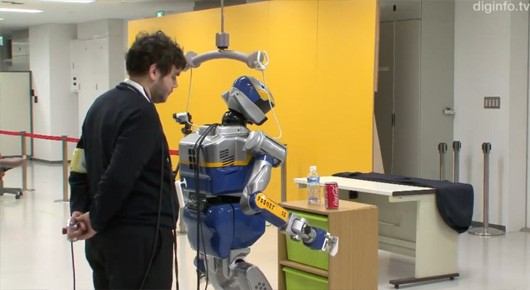Robots driven by thought power

A joint project of scientists from Japan and France (CRNS-AIST Joint Robotics Laboratory) is the development of software that will allow a person to control a robot using only the power of thought. One of the predicted applications is an increase in the degree of independence of paralyzed people. After all, such a robot can significantly help in everyday life.
A person will need to focus on the characters that appear on the computer screen (for example, on the arrow). At this time, the EEG sensors (electroencephalography) are located on the subject's head, which read the brain activity and interpret it in a signal understandable to the system. After that, the robot receives this signal and goes to execute the command.
')

Of course, it is clear from this that there will not be any special miracles to wait for - with the help of this system the robot can move in the indicated direction. But the method of communication is constantly being improved - for example, the robot can go to the table and use the camera to transfer the image of objects on the table to the monitor, and the person will only have to focus on the right thing so that the robot takes it and brings it.
This project can be considered an improved version of ASIMO, which could perform similar actions (2007).
The method of removing the commands is also developing - you can refuse to use the EEG in favor of the eye tracking system so that the system understands which object on the monitor the person is currently looking at. Of course, there are problems with recognition accuracy. It is also proposed to use for this brain implants.
Avatar is still far away, really.
via
Source: https://habr.com/ru/post/158673/
All Articles